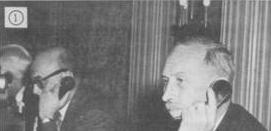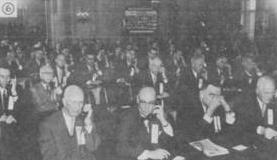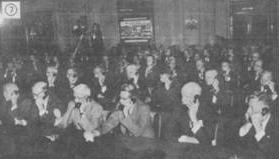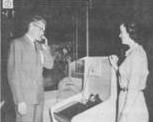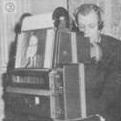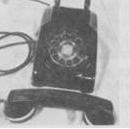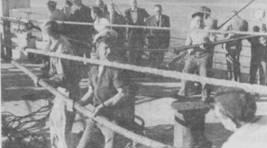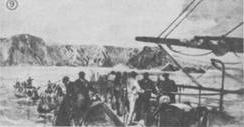
|
1956 Historic Phone Call Made
The world's first ocean telephone system was inaugurated at 11.00 a. m. E.D.T. (3.00 p. m. Greenwich Mean Time) on September 25 by a three-way conversation between Ottawa, London and New York. The $40,000,000 trans-Atlantic cable, completed two months ahead of schedule brought a 25-yearold engineering dream to reality.
Speaking on behalf of Canada in opening the new cable service, Transport Minister George C. Marier said: - We in Canada are proud to have been associated in this great pioneer venture and we join wholeheartedly in the praise which has been given to those whose research. made it possible, those who so skillfully engineered it and all who have co-operated in so many ways to win through to this success. "
Other official participants in the three-way conversations were: Rt. Hon. Dr. Charles Hill, Postmaster General of the United Kingdom, who declared the cable open on behalf of the U.K.; Sir Gordon Radley, Director General of the British Post Office; C.F. Craig, President of the American Telephone and Telegraph Co. on behalf of the United States; D.F. Bowie, President of the Crown Company. Canadian Overseas Telecommunication Corporation, who was chairman of the Ottawa ceremony, and T. W. Eadie, President of Bell Telephone Co. of Canada and Chairman of the Trans-Canada Telephone System.
One hundred and fifty invited guests and press were assembled in the banquet room of the Chateau Laurier, Ottawa; 200 persons were assembled in Lancaster House, London; and a similar number in New York City. Simultaneously at 11.00 o'clock Ottawa time they all lifted individual telephone receivers and listened in on the three-way conversation which marked the opening event.
Highlights of the installation of the new transAtlantic service were: the landing of the first section of the cable at the cable station at Clarenville. Nfld. in 1955; splicing of the return section of the cable at Clarenville last August; and extending the cable across Cabot Strait and overland to Montreal and Portland, Maine.
Telegraphic communication between Canada and the United Kingdom was made possible by the laying of the first trans-Atlantic cable in 1866. Voice communication between Canada and Great Britain was established by radio in 1922. Development of built-in repeaters in the cable itself has made it possible for the new cable to provide telephone service of great clarity and free from atmospherical conditions at all times.
The single core of the new trans-Atlantic cable produces some 36 voice circuits of which all but one will be used for telephone purposes. The remaining channel will be split into 22 telegraph circuits each capable of working at 60 words a minute. Ample facilities are also provided for direct teleprinter connections between clients, still picture transmission and the carrying of broadcast programmes. It is not capable, however, of carrying television.
The telephone used by the official Canadian participants was gold-plated and carried the Canadian coat of arms. Inscribed on the receiver were the following words: "This telephone was used by the Hon. George Carlyle Marler, Minister of Transport in the inauguration of the first trans-Atlantic telephone cable linking Canada and Great Britain. Ottawa September 25, 1956." Mr. Marler was presented with the telephone by Mr. Eadie and promptly turned it over to Mr. Bowie to be installed in the C.O.T.C. museum. |
|
|
Links - Liens
|
|






